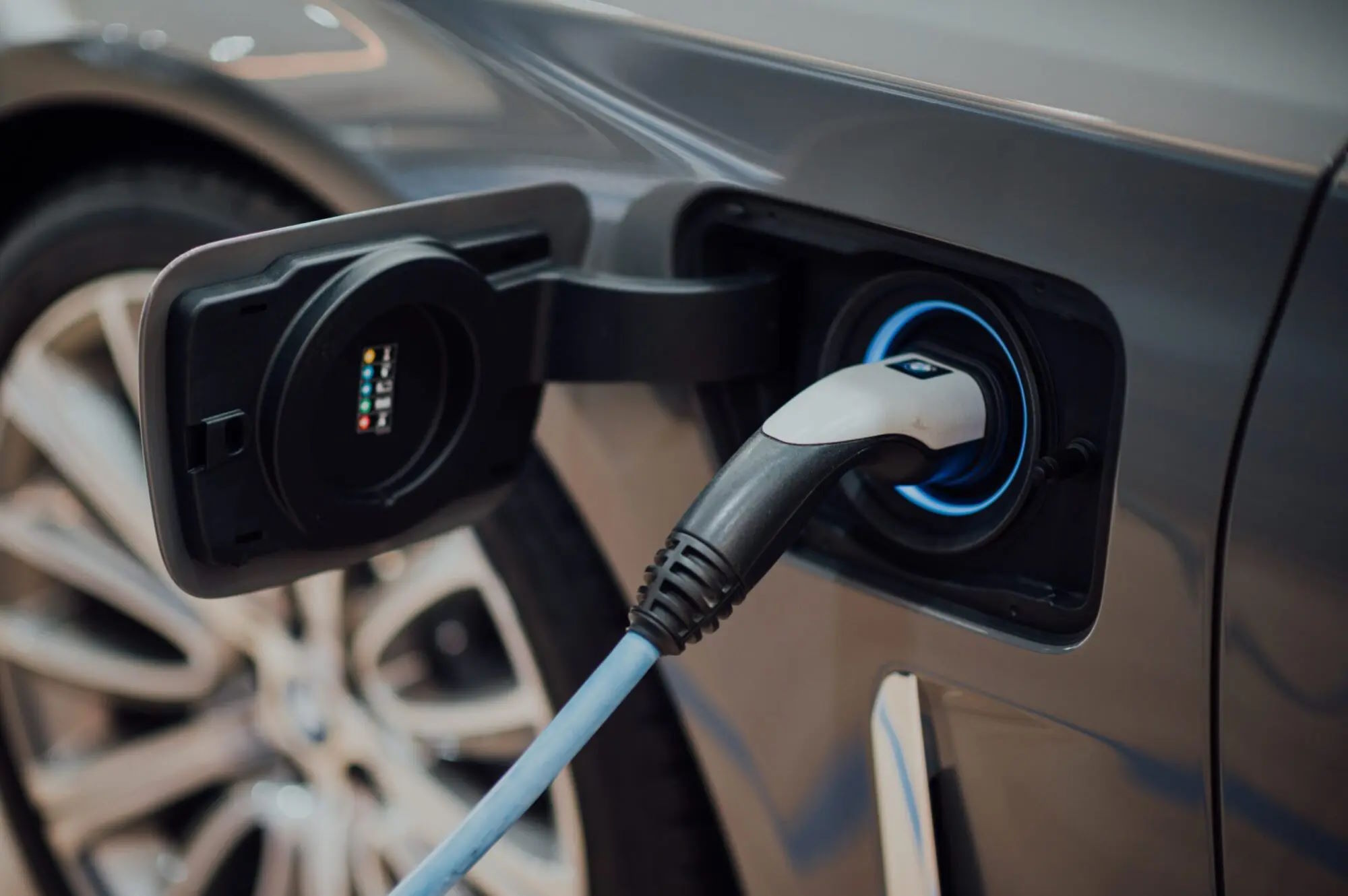
Electric vehicles are becoming more and more popular as people become more environmentally conscious, and are a great start to a green home.
And with good reason-electric vehicles have far lower emissions than traditional petrol cars.
But one of the drawbacks of electric vehicles is that they can take a long time to charge up.
That’s where fast EV charging comes in. There are several types of fast charging connectors, and the one you choose will depend on your needs.
The most important thing to consider is the time it takes to charge your vehicle.
In this article, we’ll take a look at the different types of fast charging connectors and help you choose the right one for your needs.
What is fast charging, and why do I need it for my electric vehicle?
There are a lot of benefits to having an electric vehicle. For one, they’re much better for the environment than conventional vehicles.
Rather than using petrol to fuel the vehicle, you rely on renewable energy.
But how do you charge up your vehicle if you’re not at a charging station? If you have a fast charger at home, it’s easy!
Just plug the charger right into your dashboard, and you’re good to go.
You can even use the fast charging to top up while you are on the road, so you never have to worry about getting stranded.
The different types of fast charging connectors
We’ve all been there. We want to be fully charged before our day begins.
Thankfully, technology is improving, and this goal is becoming easier to achieve every day.
Charging from 0-100% in under two hours is a dream that is becoming a reality.
The most common types of fast charging connectors are:
Let’s take a look at each one in more detail.
Type 1
For those who frequently travel and drive long distances, a Type 1 charger can be a blessing.
Instead of having to wait for your vehicle to recharge from a public charging station, you can simply plug it into the socket of your house and charge it in your own garage!
Type 1 and Type 2 chargers are the most popular type of fast charger for this reason.
Unlike other chargers, the Type 1 plug has a mechanism that secures the plug in a fixed position, so that it cannot be popped out from the outlet.
To learn more about these chargers, contact our team.
Type 2
Choosing the right type 2 charging cable for an electric vehicle is an important task for EV owners.
There are different types of cables, and these can differ in the way that they are assembled and the length of the cable.
The type 2 charging cable is a vehicle-to-home connector that enables EV owners to charge their car’s battery at home.
When it comes to the length of the cable, there are two main options, and you should consider which one will give you peace of mind.
If the cable is too long, it will be a real hassle when it comes to storing it.
On the other hand, having a cable that’s too short will mean that you won’t be able to reach the charging point.
Type 2 charging cables have been implemented with a new development of resistors.
This is commonly used in hybrid and electric vehicles. The resistors are used to communicate with the vehicle.
The resistors manage the charging process to ensure it is working well.
The vehicle communicates with the resistors that it is being charged, so the charging process can continue to work.
Resistors will be able to manage the charging process so that it runs smoothly.
Tips for using a fast EV charger at home
- Always top up before checking charges – When it comes to electric vehicle charging, always remember to top up your power before you check the status of your charge. This will help ensure that you’re never caught without a backup plan.
- Always leave your car plugged in – It’s always a good idea to leave your car plugged in after you’ve finished charging. This way, if you need to top up your power, you can do so without having to wait for the charge to finish.
- Charge overnight – The best time to charge your car is overnight. This way, you can be sure that your vehicle will be fully charged by the time you need to use it in the morning.
- Always try to limit fast charging – While fast charging is a great way to get your power up quickly, it’s not always the best option for your battery. Try to limit fast charging to when you really need it, and stick to slower charging whenever possible.
- Always park in the shade – Parking in the shade can help keep your car cool while it’s charging. This is especially important in hot weather, as the heat can cause your battery. Have your charger in a garage, or under an awning if possible.
Conclusion
So, there we have it. Fast EV charging is a great way to get your electric vehicle up and running in no time.
However, it’s important to choose the right type of charger for your needs. If you’re not sure which one is best for you, contact our team at Green Home Systems, and we’ll be happy to help.
